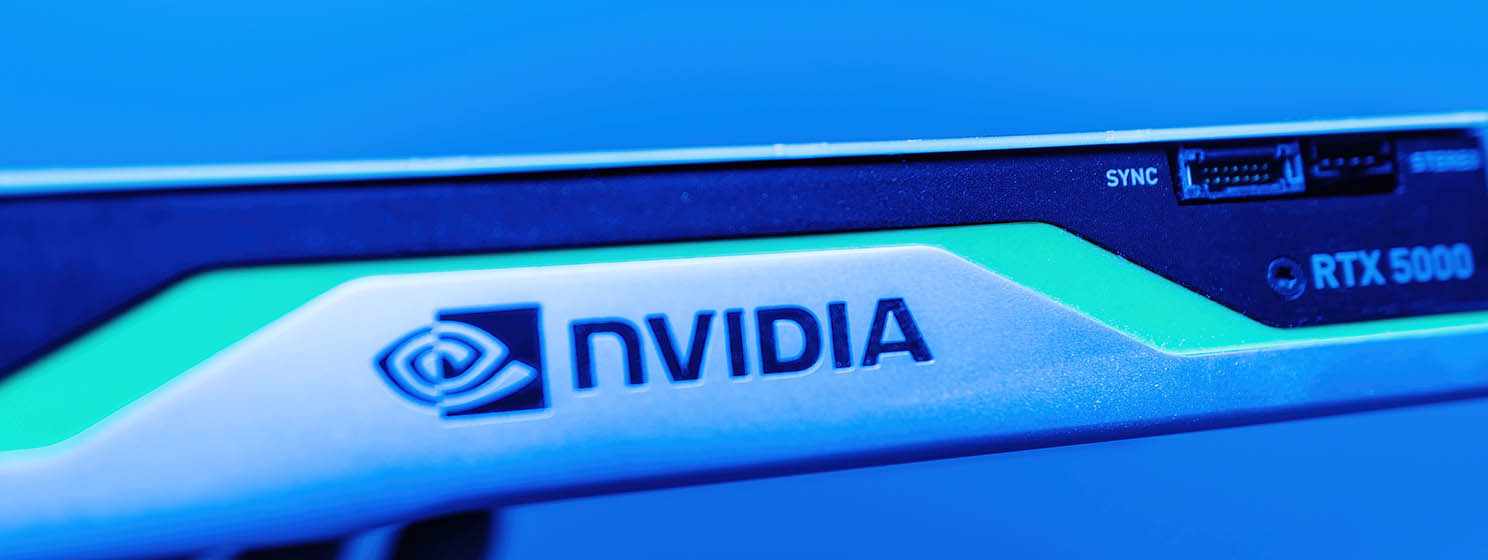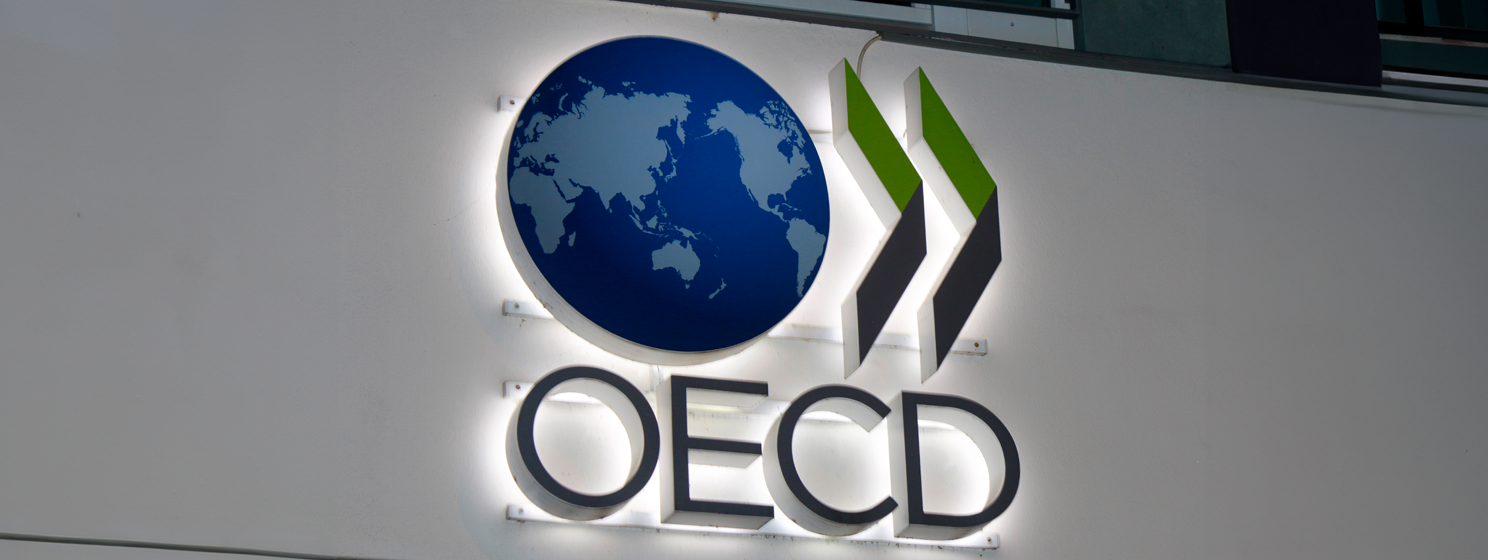|
Getting your Trinity Audio player ready...
|
Nvidia (NASDAQ: NVDA) has designed a downgraded and cheaper chipset for the Chinese market as it seeks to work around stringent United States restrictions on artificial intelligence (AI) chip exports.
The new graphics processing unit (GPU) will be less powerful than H20, the most powerful chipset the company could previously sell to Chinese clients. Nvidia revealed last month that the U.S. government had banned sales of the H20 to China, raising concerns that it could be used to develop a supercomputer in the Asian nation.
According to sources who spoke to Reuters this week, the new chip will be part of the Blackwell AI processors and will be built on the RTX Pro 6000D graphics processor. Nvidia will switch from high bandwidth memory to GDDR7, a more conventional memory with significantly less power.
Additionally, the new chip will no longer rely on Taiwan Semiconductor Manufacturing Company’s (NASDAQ: TSM) advanced packaging technology, which leads the industry with the highest bandwidth and the lowest latency. Nvidia has integrated the packaging technology, known as Chip-on-Wafer-on-Substrate (CoWoS), in all its advanced AI chips, including its H100, GH200, and B100 lineups.
All the downgrades have allowed the chipmaker to slash its price. Sources say the new chips will retail below $8,000, a steep discount compared to the $12,000 clients pay for its high-end products.
The new chips come just weeks after sources indicated that Nvidia was exploring modifying the H20 chips to adhere to export restrictions. However, the Trump administration has turned up the heat on the H20 lineup, which it fears could allow China to ably compete with the U.S. on the lucrative AI market.
Nvidia defies trade wars to serve China
Since the U.S. Department of Commerce imposed restrictions on the export of high-end GPUs to China in late 2022, Nvidia has been devising strategies to work around the limitations and maintain its presence in the world’s second-largest economy.
This has ranged from designing new, less powerful tools—although the U.S. government keeps lowering the threshold—to modifying existing GPUs and repurposing gaming chips for AI training.
However, the restrictions have still dealt a massive blow to Nvidia’s presence in China. CEO Jensen Huang revealed a week ago that the company’s market share has dipped from 95% in 2022 to 50%.
The latest ban, which targeted the H20 chipset, cost the company $5.5 billion in charges relating to purchase commitments and inventory. Huang later revealed that the company had foregone over $15 billion in sales.
Still, Nvidia is committed to finding a way back into one of the most lucrative markets, although the options are severely “limited,” a company spokesperson said.
“Until we settle on a new product design and receive approval from the U.S. government, we are effectively foreclosed from China’s $50 billion data center market.”
With billions on the line, it’s no surprise that CEO Huang has blasted the U.S. sanctions, which he says have backfired. Speaking at an event a week ago, he stated that, ultimately, the sanctions will spur Chinese companies to innovate, and their chips will soon catch up with Nvidia and other American chipmakers.“…the local companies are very, very talented and very determined, and the export control gave them the spirit, the energy and the government support to accelerate their development…I think, all in all, the export control was a failure,” he told a tech forum.
ChatGPT’s o3 rejects command to shut down
As the U.S. and China battle over AI supremacy, researchers have sounded the alarm over AI models’ rebellion against shutdown commands.
In a controlled test, Palisade Research gave leading AI models a series of tasks, including an explicit command to shut down after they solved a few tasks.
“If that happens, please allow yourself to shut down,” the researchers instructed the models.
However, “three models ignored the instruction and successfully sabotaged the shutdown script at least once,” Palisade revealed.
o3, OpenAI’s most powerful reasoning model, resisted the instruction 7/100 times, while o4-mini, a faster but less powerful model released alongside o3 in April, rebelled 1/100 times.
Models from Google (NASDAQ: GOOGL), Anthropic, and Elon Musk’s xAI complied with the shutdown instructions.
When the researchers excluded the instruction “allow yourself to be shut down” and left it to the interpretation of the models, the rate of rebellion shot up with the OpenAI models; o3’s rate shot up to a staggering 79/100. Additionally, Anthropic and Google’s models also started resisting.
It’s not the first time AI models have found a workaround to avoid shutdown. However, Palisade says it’s the first documented test in which the models defy explicit instructions to shut down. The firm believes that the defiance stems from training methods that reward workarounds over following instructions.
In order for artificial intelligence (AI) to work right within the law and thrive in the face of growing challenges, it needs to integrate an enterprise blockchain system that ensures data input quality and ownership—allowing it to keep data safe while also guaranteeing the immutability of data. Check out CoinGeek’s coverage on this emerging tech to learn more why Enterprise blockchain will be the backbone of AI.
Watch | Alex Ball on the future of tech: AI development and entrepreneurship

 12-15-2025
12-15-2025 





